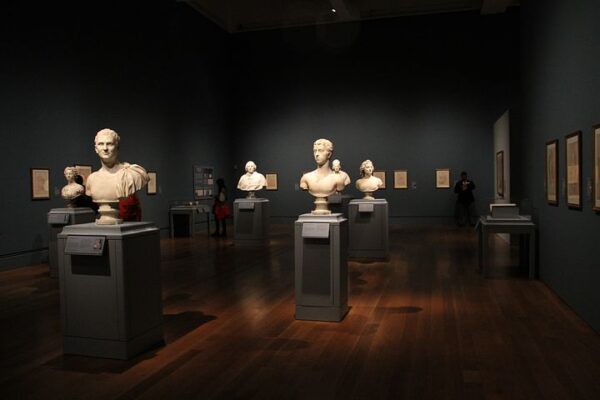
The classification of hobbies according to groups
In this post, we complete the analysis on the Classification of hobbies according to groups and present the one we have developed.
After reviewing the existing data, we have designed a classification which is very heterogeneous but helpful in the sense that it reflects the main differential elements between groups. Many hobbies share aspects of different groups. Still, it is also quite evident that, in general, it is possible to distinguish well which is the main characteristic of the pursuit that directs its Classification to the group that best represents it:
Thus, running is a sport, but it is generally done outdoors and even in parks or the countryside. Therefore, it could often be classified as an outdoor activity. But there is no doubt that the essential element is physical activity; in this sense, its Classification as a sport is the most logical. Indeed, informal running is not a sport which -by definition- follows the rules or regulations. It isn’t easy to distinguish which feature is more relevant in certain situations.
In fishing, contact with the open air and nature is essential, but so is the challenge of catching a fish that, although it may have a bit of physical exercise (depending on the type of fishing), can be framed within the broad concept of sport. On the other hand, some forms of physical activity are not practised outdoors and are not performed as sports, such as maintenance gymnastics. Some cases could be included equally in various groups but have other characteristics that differentiate them from them.
Gardening is usually an outdoor activity related to nature, although it can also be practised indoors. It usually requires a lot of manual dexterity but also some knowledge and a variable degree of physical exercise. But its differential element is probably the specific interest in ornamental plants and their care, and this element is not contemplated in any of the large groups indicated.
To solve these overlaps, it is possible to consider trying to classify the individual first in one of the groups and then look for specific elements that allow the hobbies most closely related to their personality to be classified more precisely.
After so many arguments and given that our interest is to find what is useful, we believe we can answer the question: Is a valuable classification for something effective in practice? Probably a lot, firstly to be able to focus on the choice of a hobby and secondly to guide the person within her area of interest.
After trying different classifications, we believe that a reasonably inclusive one is the following Classification that we have used for our test on how to choose a hobby:
Hobby Classification
1-Sports
A, singles
B, collective
C, for an adversary
2-Maintenance gymnastics
3-Physical activities in the natural environment
4-Outdoor training without (or with little) physical effort
5-Artistic activities
A, plastic arts
b.music
C,image
D, performing arts
I, literature
6-Predominantly manual activities (crafts)
A-textiles
B-modelling
C-power
D-wood
E-paper, cardboard
F-plants
G- DIY (DIY)
G-others
8-Technological activities
9- NON-TECHNOLOGICAL OR ARTISTIC mental activity,
10-Observation activities
oh, for sports
b, art
C, mental
11-Psychic or physical relaxation activities
12-Non-sports games
A, with an electronic device
B, table themes
C, with tabs
D, with letters
E, role-playing
F, with physical activity,
G, hobbies
13-Purchase and sale
14-Activities related to motor vehicles
A, with driving
B, without driving
15-Solidarity activities
A, social volunteering
B, environmental volunteering
C, others
16-Social relationship activities
A face-to-face
B, social media
17-Travel

